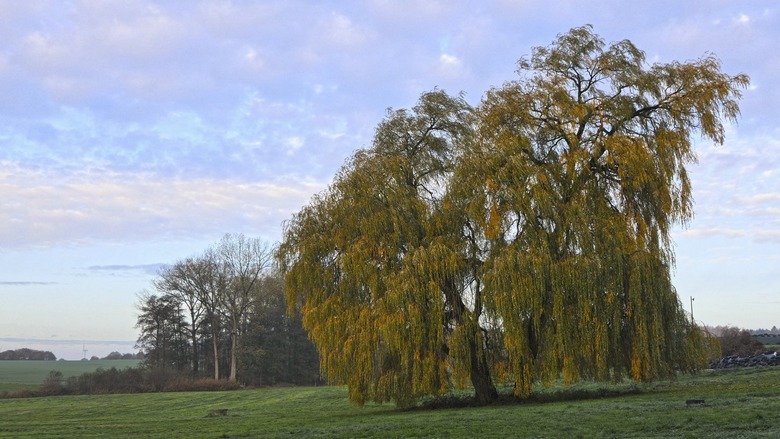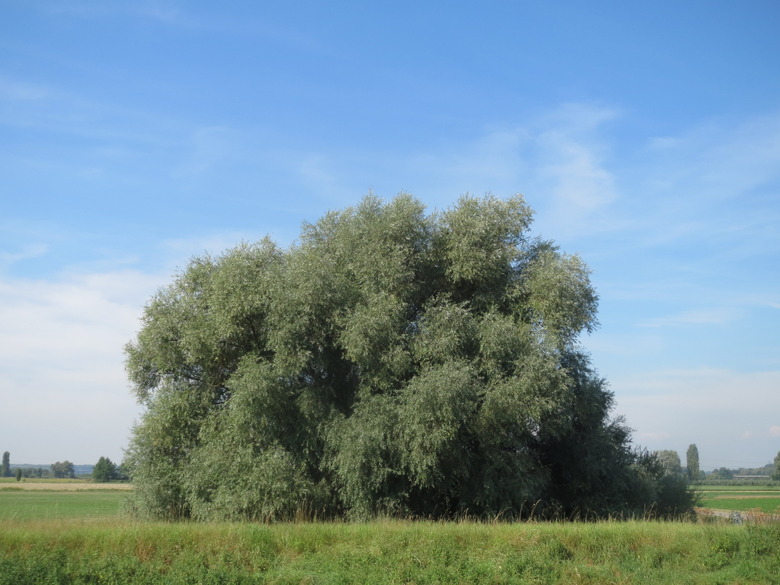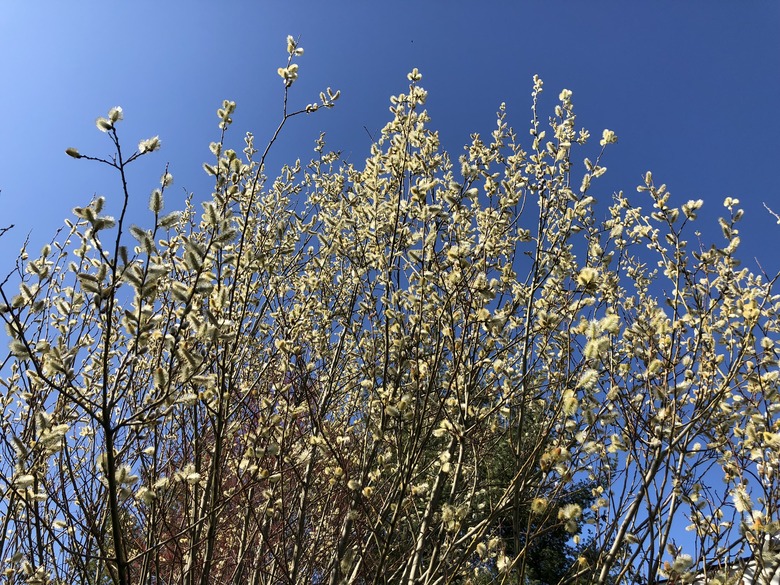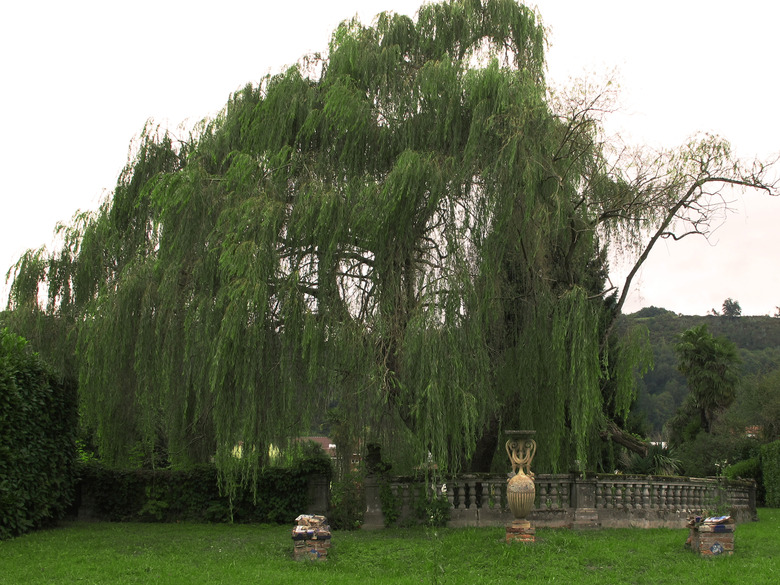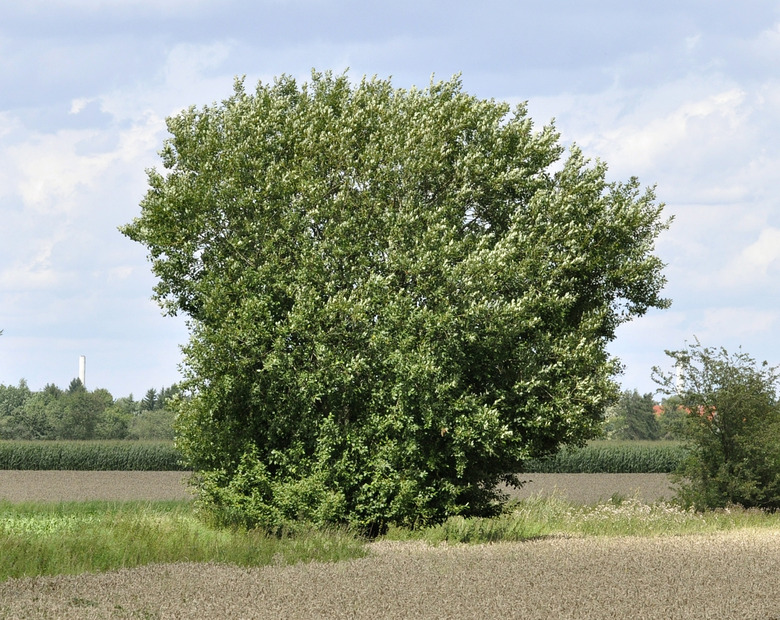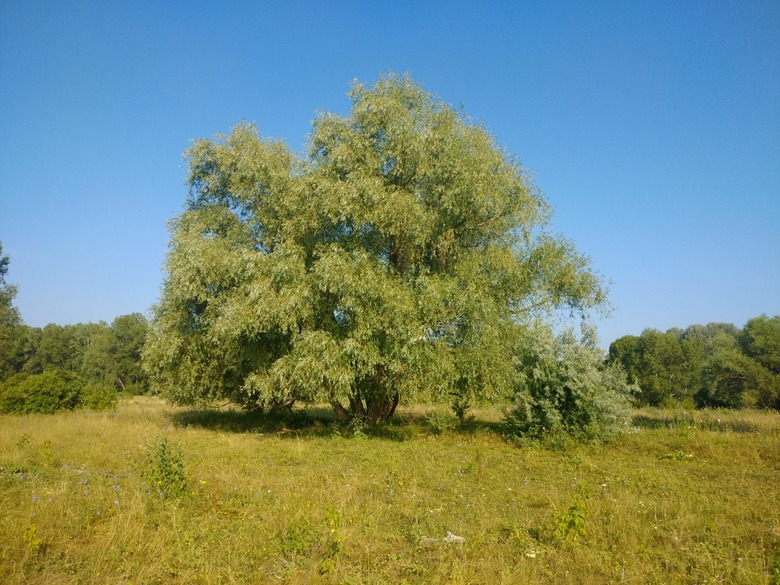A Guide To Different Types Of Willow Trees
There are some 200 species of willows (Salix spp.) found mainly in temperate climates all over the world, with the exception of Australia. Most willow tree varieties are found in wetlands.
In addition to willow species native to North America, many non-native types of willow trees have also naturalized throughout the continent.
Characteristics of Willow Trees
- Willow trees are dioecious. That means that there are separate male and female trees.
- Willow trees are deciduous, meaning they shed their leaves in the fall.
- A common feature of willow trees is that their roots form dense mats that sit on the surface of the soil. The roots may also spread into shallow bodies of water.
- The seeds of willow trees are small and have silky hairs that allow them to glide through the air and spread. Willow tree seeds are generally viable for only a few days or weeks.
- The majority of willow trees are known for having a fast growth rate.
- The leaves of most willow trees are long and thin and have fine teeth along the margins. The undersides of leaves are usually paler in color compared to the upper surface of the leaf.
- The flowers of willow trees grow in clusters known as catkins. The catkins of some species are showier than others.
Willows Native to North America
Several species of willow are native to North America. Here's a look at some common North American willow tree varieties.
Black Willow
The black willow (Salix nigra, zones 4 to 9) is native to much of the eastern U.S. and Canada, though its range extends as far west as Colorado. It has heights between 70 and 80 feet.
The bark of this willow tree is dark brown or black. This willow is sometimes cultivated as a shrub by cutting it down to the ground every three years.
Pussy Willow
The American glaucous willow, also known as American pussy willow (Salix discolor, zones 4 to 8) is a large shrub with heights between 6 and 18 feet.
Male trees of this species produce showy, pearly gray catkins in the summer. This tree and other willow tree types referred to as "pussy willows" get their name from their catkins, which are said to resemble the paw of a cat.
Other Types of Willow Trees
Not all of the different types of willow trees found in North America are native. Some non-native species were introduced and have since naturalized. Let's look at a few examples.
Weeping Willow
Though it has naturalized in many parts of the U.S., the weeping willow (Salix babylonica, zones 6 to 8), the best known of the willows, is native to China. The branches of this species sweep down towards the ground. Weeping willows have typical heights between 30 to 60 feet.
Goat Willow
Native to Eurasia, the goat willow (Salix caprea, zones 4 to 8) is another one of the species dubbed "pussy willows." Their catkins are larger than those of the American pussy willow.
This species has heights between 12 and 25 feet and grows as a small tree or a large shrub. The goat willow also responds well to being pruned as a hedge.
White Willow
The white willow (Salix alba, zones 2 to 8) is native to Europe, Asia and northern Africa, though it has naturalized in various regions of North America. It can reach heights between 50 and 80 feet. This species has a yellowish brown bark.
The golden weeping willow (Salix alba 'Tristis,' zones 4 to 8) is a popular cultivar of the white willow that has golden foliage and a weeping form.
References
- Missouri Botanical Garden: Salix babylonica
- Missouri Botanical Garden: Salix nigra
- Missouri Botanical Garden: Salix discolor
- Missouri Botanical Garden: Salix caprea
- North Carolina State Extension: Salix
- Oregon State University: Salix
- Texas A&M Agrilife Extension: Plants of Texas Rangelands – Willow
- Missouri Botanical Garden: Salix alba
- Missouri Botanical Garden: Salix alba 'Tristis'
